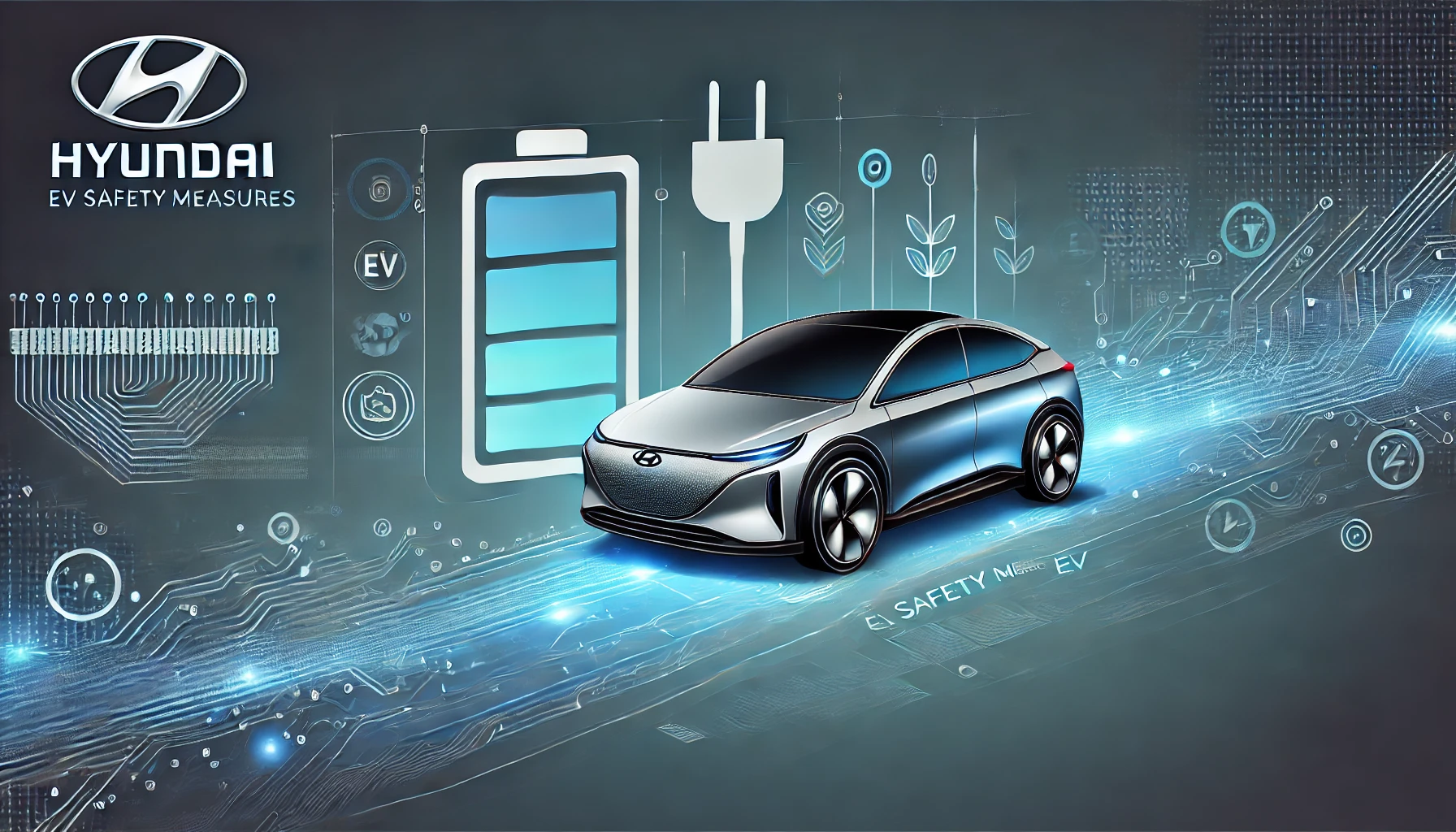Read the article aloud on your own or repeat each paragraph after your tutor.
Level 6 – Intermediate
Hyundai Motor Group is taking steps to improve the safety measures of its electric vehicles (EVs) due to rising concerns about battery-related fires. The company has started listing the battery manufacturers for its EV models, with most vehicles using batteries from LG Energy Solution and SK On. The Hyundai Kona Electric, however, uses batteries from China’s CATL.
In response to recent incidents, including a fire involving a Mercedes-Benz EV in Korea, Hyundai is adding new EV Safety measures to its vehicles. One such feature is an overvoltage diagnosis system, which can detect and prevent potential issues before they lead to fires. This proactive approach is part of Hyundai’s effort to build trust with its customers.
Transparency about battery sources is crucial for Hyundai as it expands its EV lineup. By sharing information about the manufacturers, Hyundai aims to reassure customers about the safety and reliability of its vehicles. This level of openness is becoming increasingly important as more consumers consider switching to electric vehicles.
Hyundai’s focus on EV Safety measures and transparency reflects the growing importance of these factors in the competitive EV market. As the demand for electric vehicles increases, so does the need for companies to address potential risks and ensure that customers feel confident in their purchases. Hyundai’s initiatives may set a new standard for how automakers handle safety concerns in the future.
Overall, Hyundai’s efforts to enhance EV safety measures and maintain transparency are key to its strategy for gaining and retaining customer trust in a rapidly changing industry.
Vocabulary Words:
- Proactive – taking action in anticipation of future problems.
- Example: Hyundai is being proactive in addressing safety concerns.
- Transparency – the quality of being open and honest.
- Example: The company’s transparency about battery sources is reassuring.
- Diagnosis – the identification of a problem based on analysis.
- Example: The overvoltage diagnosis system detects potential issues.
- Incident – an unexpected event, often negative.
- Example: The recent incident led to increased safety measures.
- Reassure – to make someone feel less worried.
- Example: Hyundai aims to reassure customers with new safety features.

Discussion Questions
- What are Hyundai’s key strategies to address safety concerns with their EVs?
- How does Hyundai’s transparency about battery sources impact consumer trust?
- Why is the overvoltage diagnosis system an important addition to Hyundai’s EVs?
- How might recent EV incidents influence other automakers’ safety strategies?
- What role does customer confidence play in the success of electric vehicles?
Further Discussion
- What other safety features do you think are important for electric vehicles?
- How do incidents involving one brand affect the reputation of others in the industry?
- How important is transparency from companies in building consumer trust?
- What steps can companies take to be more proactive in addressing potential issues?
- How does customer feedback influence product safety and development?
Source: This article is based on information from The Korea Herald. You can read the full article here.


